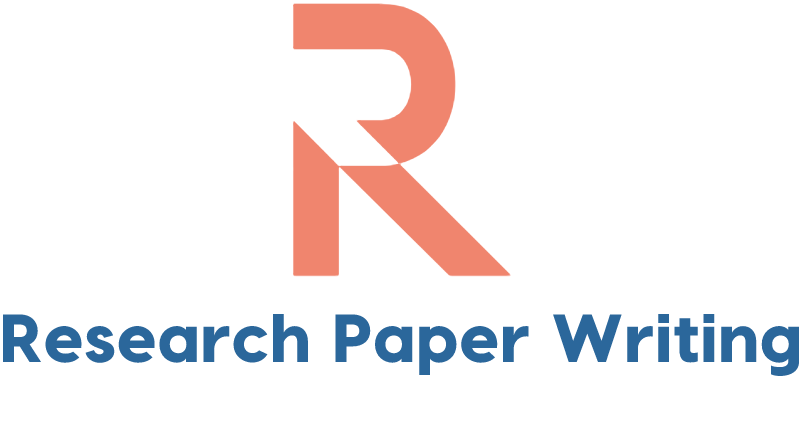Many people are confused about what exactly an abstract is and how to write one. The fact is that an abstract is not a reference list or bibliography, but a brief summary of the main points of the paper. An abstract is the first part of a research paper, and it is usually the longest section. It should also contain the author’s name, affiliation, and the date of publication. This brief summary should be no more than 200 words.
Informational abstracts
An informational abstract is a concise summary of a research paper. It acts as a surrogate for the thousands of words in the main text. While there are many guidelines for creating an abstract, it is vital to remember that this section is not an entire article. It summarizes key facts and details while still maintaining a concise and clear tone. This is because an abstract is read by the general public before it is read by researchers and editors.
The informational part of the abstract consists of a list of key words that describe the work and its conclusions. The keywords must be relevant to the paper’s topic. A good sample includes five to ten words or short phrases that summarize the main idea of the article. Once a draft is created, it is time to revise it for clarity and accuracy. Ultimately, the abstract should be informative and not too long or cluttered.
Informational abstracts are factual
The informational abstract in research papers is a summary of a study’s main points. Unlike a full paper, an abstract should answer four questions: what did the study find? What is the main conclusion? How do you know if it’s the right one? Some academic institutions and scientific journals don’t even include recommendations in their abstracts. Instead, they conclude with a list of significant findings.
Initially, the practice of submitting ‘abstracts’ arose as a means of attracting readers who might not read the entire manuscript. Short summaries were often written into minute books by the secretary of the Royal Society after a paper was read. Then, in the nineteenth century, entrepreneurs began publishing journals to provide summary versions of articles. This practice was a natural step for science and medicine.
Informational abstracts are not a bibliography
In a research paper, informational abstracts provide an overview of the study and make it easier for journal editors and researchers to decide whether to publish it or not. These abstracts are essentially short, compelling descriptions of the research paper that entice readers to read further. The increasing popularity of online publications databases has only exacerbated the importance of having a compelling abstract. In essence, an abstract is like an executive summary for a business plan, or a gist of a research paper. Moreover, most academic transactions are done online, so there is less time to impress readers and a growing number of competing abstracts.
Nowadays, most abstracts are informative and act as a “proxy” for the research paper. The best informational abstracts highlight key arguments and essential sections of a research paper and provide a quick glimpse of its contents. Since most people don’t read the whole paper to get the full picture of a study, an informational abstract will save time for everyone involved. Further, it will save time for the author.
Informational abstracts are not a reference list
An informational abstract is a concise summary of the main points of a research paper. It is important to keep it concise and informative. It should not include a reference list itself. However, it should include the most important findings and concepts. The purpose of an informational abstract is to provide common, accepted guidance. For more specific details, contact the institution. The following tips will help you write an informational abstract.
Avoid citing other research in your abstract. This will lead to confusion, causing the reader to think that the paper reports a new discovery, when in fact it is only a tidying-up of previous discoveries. Instead, it will include your best estimate of the age of the fossils. A good abstract will make the reader think about what it is about, and whether or not it is relevant to their own research.
Limitations should be stated in the abstract
A research paper should state its limitations at the end or beginning of the discussion section. This acknowledges the need for further research and provides readers with information about the study’s limitations. However, it should not be used to criticize another study or infer that its findings do not reflect reality. This can be considered uncollegial and defensive. Listed below are three tips to include limitations in the abstract of a research paper:
Include a short summary of your study’s results. The abstract should also be as brief as possible, so that readers can easily grasp the core message of your study. During the research phase, most researchers face challenges that are not fully understood, so it is important to clarify them in the abstract. This summary section is an important part of the paper, as it can influence the readers’ perception of your study.
Avoid long sentences
Don’t include lengthy sentences in your abstract. The goal is to give the reader a brief overview of the whole project in a few short sentences. Summarizing and paraphrasing are two different approaches to convey the same meaning. Summarizing involves choosing the most appropriate words to highlight important points in another source. However, paraphrasing does not mean copying whole sentences from other parts of the paper.
APA recommends using plain, uncomplicated fonts that are readable and easily readable. It is a good idea to use fonts such as Arial, Calibri, Lucida Sans Unicode, and 12-point Times New Roman for these. You may also want to avoid using jargon, as these words can make your paper less readable. Instead, use declarative tone to convey the meaning of your abstract.

